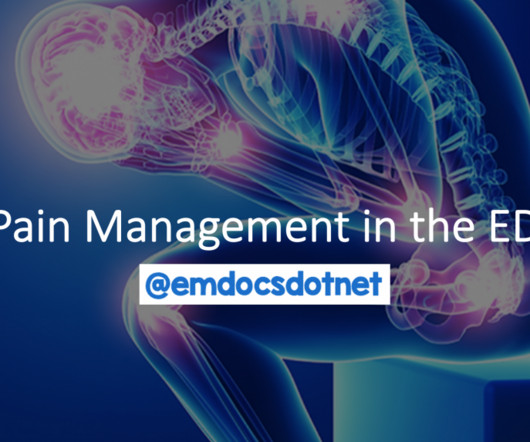Journal Feed Weekly Wrap-Up
EMDocs
JUNE 24, 2023
These results support CDC recommendations that vaginal swabs are the preferred sample modality when testing for STIs in women. 3: Can Clinical or Lab Variables Predict Dehydration Severity in Children with DKA? Spoon Feed Most pediatric patients with diabetic ketoacidosis (DKA) have mild to moderate dehydration.














Let's personalize your content